When exploring the greenware definition in ceramics, one enters a fascinating stage of pottery creation involving clay objects that have been shaped but not yet bisque fired. At this delicate juncture, the clay—known as greenware—remains unfired and fragile, making it crucial for potters to manage its drying and handling meticulously. Greenware goes through several drying stages such as wet, damp, leather-hard, and bone dry, and understanding these stages is key for artists wishing to add intricate decorations or ensure a successful transition through the bisque firing stage.
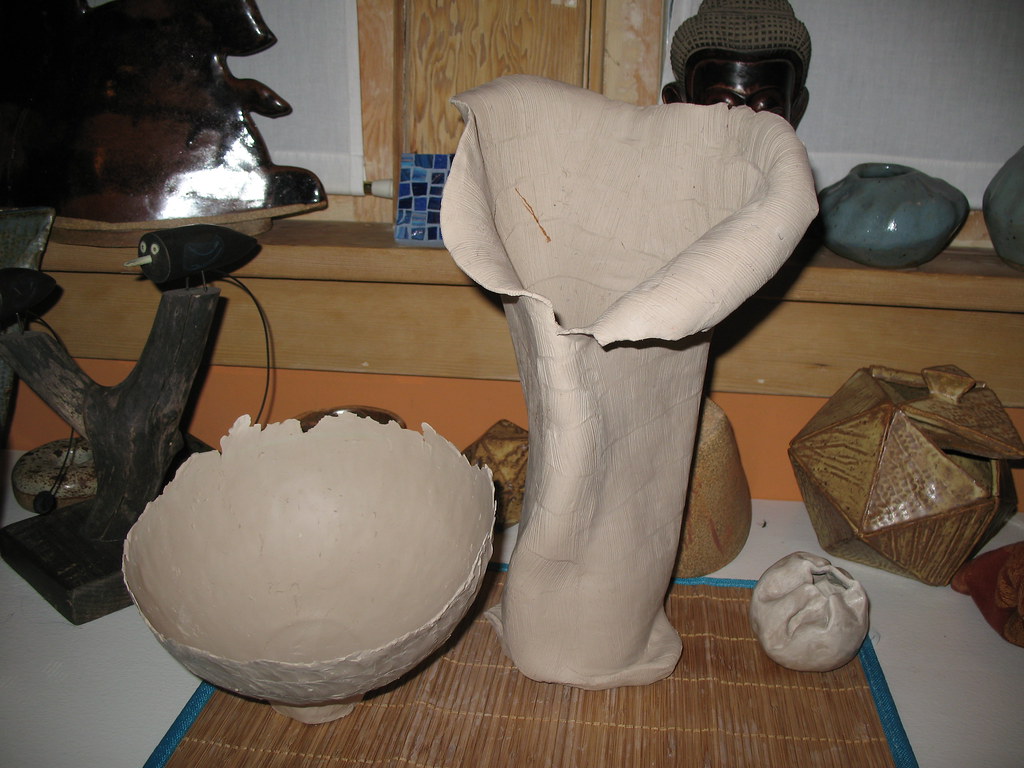
| Stage of Greenware | Description | Handling Tips |
|---|---|---|
| Plastic Clay | Freshly shaped, very malleable and holds form | Can be reshaped or have more clay added |
| Leather-Hard | Partially dried, firm but slightly flexible | Best for carving, incising, or embossing designs |
| Bone Dry | Fully dried, extremely fragile | Ensure even drying to prevent cracks before firing |
Understanding the Delicate Dance of Drying Greenware
Greenware in ceramics might seem like a delicate balancing act, but it’s an essential phase in creating stunning pottery. At this stage, the clay has been shaped but hasn’t yet faced the intense heat of firing. This in-between state requires careful attention to drying, a process that can make or break the final product. Rushing the drying process is tempting, but greenware demands patience to prevent deformation or dreaded cracks. Ensuring an even drying process is crucial, so it’s best to let pieces dry slowly in a well-ventilated area at room temperature.
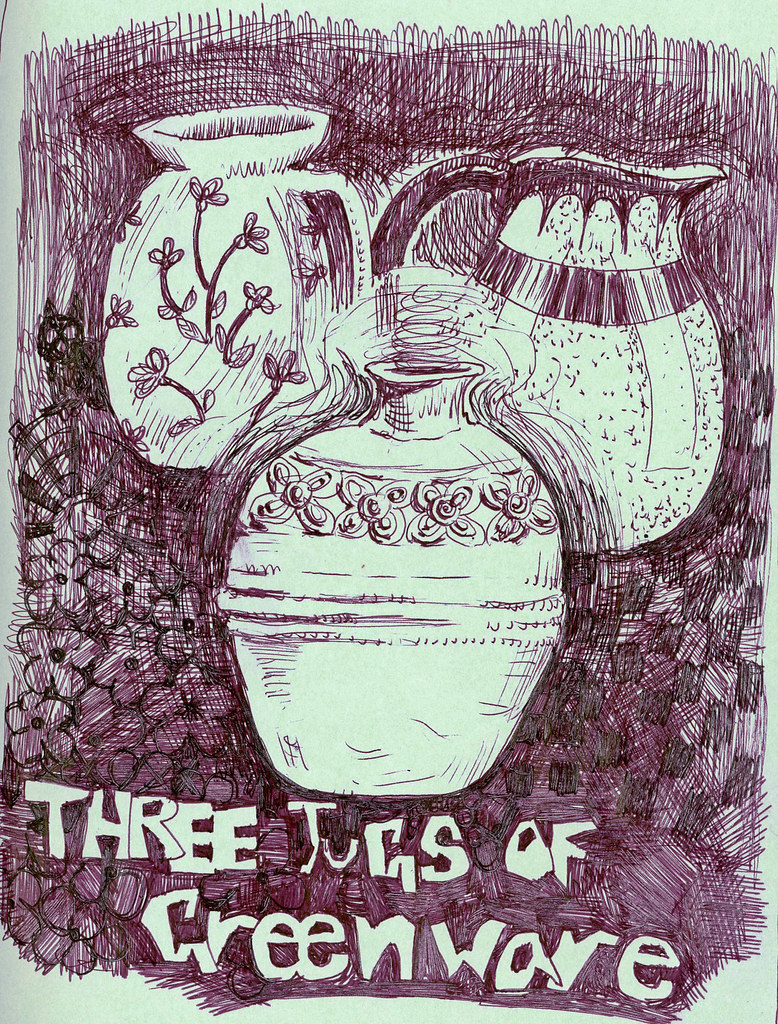
There are tricks to mastering the art of greenware drying:
- Gently cover your greenware with plastic bags to maintain moisture levels and encourage even drying.
- If certain areas dry too quickly, dampen them lightly with water to redistribute moisture.
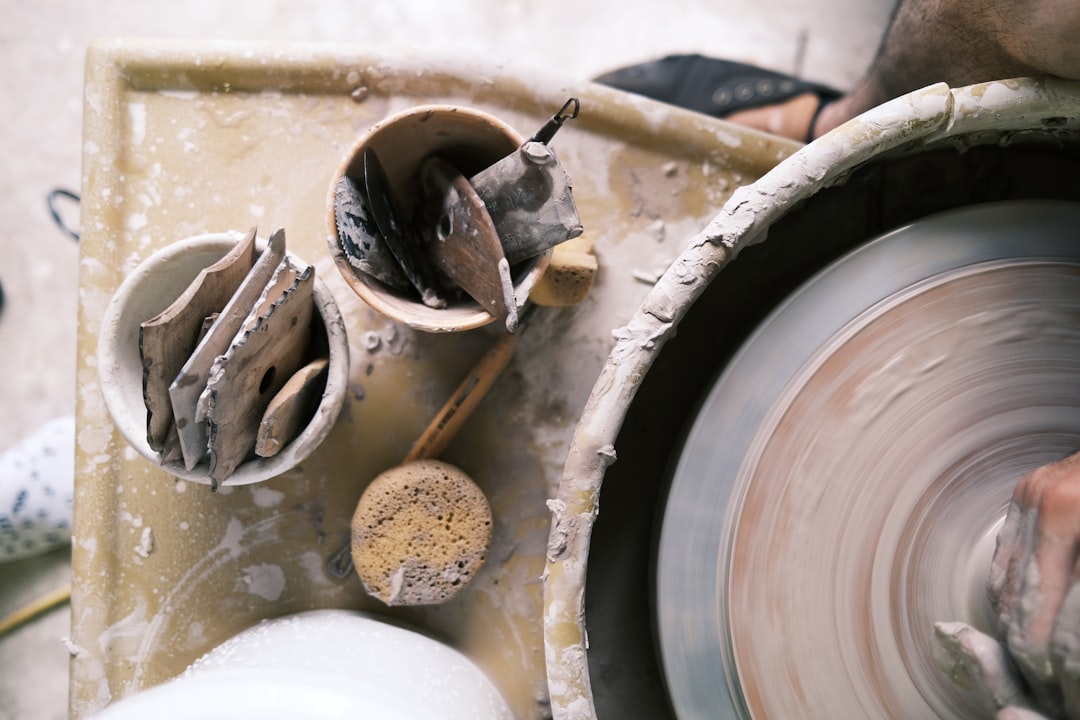
These methods prevent stress on the clay, setting the stage for an impeccable bisque firing.
Crafting Beauty: Decorating Greenware
Once your pottery piece reaches the desired stiffness—whether it’s leather-hard or bone dry—you can unleash your creative instincts through various decorating techniques. Leather-hard clay offers a prime opportunity for carving, incising, or even embossing. This firmness allows for precision, letting your creativity take full reign as you etch textures and designs into the clay’s surface.
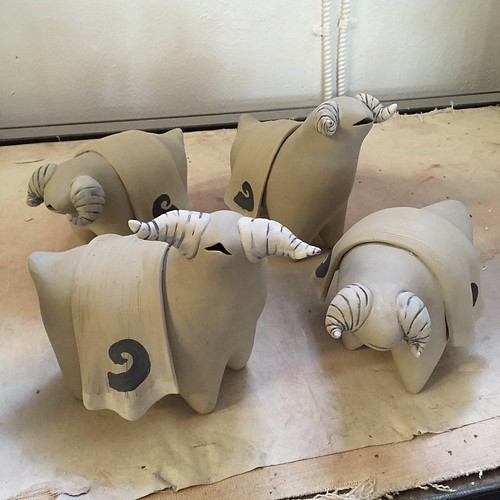
Decorating greenware isn’t just about embellishing; it’s an art of adding personal flair to each piece. Techniques like using slips and engobes can add vibrant color and texture. These materials can be manipulated through techniques like slip trailing or underglazing to paint directly onto the ceramic surface. Each decoration choice infuses the piece with individuality, setting it apart from the crowd.
The Route to Bisque Firing
After the greenware has reached the bone dry stage—a testament to patience and precise handling—it’s ready to face its first firing stage: the bisque firing. Successfully navigating this transition from fragile clay to a sturdier bisqueware form involves understanding the fragility of your clay piece and ensuring it’s well-prepared for the kiln’s challenge.
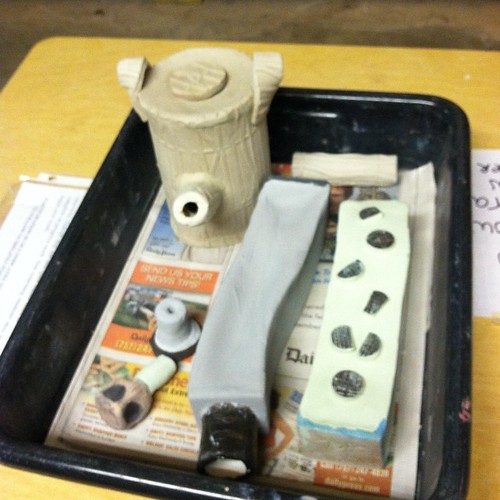
Bisque firing transforms the piece, providing it with a hardened structure that’s ready for any artistic enhancements you wish to apply, like vibrant glazes or intricate color work. Understanding the subtle differences between greenware and bisqueware not only sharpens your technique but also enriches the narrative each piece holds.
Every handcrafted piece has a story. How do you ensure your greenware projects tell the perfect tale? Share your methods, challenges, or favorite decorating techniques in the comments below! You can always find recent articles and ideas to enhance your ceramic journey.
Understanding Greenware in Ceramics
When exploring the greenware definition in ceramics, one enters a fascinating stage of pottery creation involving clay objects that have been shaped but not yet bisque fired. At this delicate juncture, the clay—known as greenware—remains unfired and is essential for the next steps in the pottery process. To gain a clearer understanding of this term, check out the YouTube video “Greenware defined” from Goodbye-Art Academy, which offers detailed explanations accompanied by helpful visuals.
What are the 3 stages of greenware?
Greenware refers to clay that hasn’t undergone any firing process in ceramics yet. Throughout its journey from raw clay to fully-fired pottery, greenware typically goes through three main stages:
1) Plastic Clay: At this early point, the clay is soft, pliable, and holds its basic shape while still allowing for adjustments and additions.
2) Leather-Hard Clay: After partial drying, the clay becomes firm yet still workable. This stage is perfect for trimming, carving, and attaching handles or decorative elements.
3) Bone Dry Clay: In this final stage, nearly all moisture has evaporated. The clay is chalky, brittle, and must be handled with caution before its first firing in the kiln.
Is greenware the same as bone dry?
Greenware is the all-encompassing term for any unfired clay, which includes the bone dry stage. Bone dry clay is simply one step in the greenware process—specifically the last step before firing. Because it’s so devoid of moisture, it can’t be reshaped or repaired at this point, so gentle handling is key.
How can you tell bisque from greenware?
Bisque (or biscuit) ware is clay that has survived its first firing without glaze. It’s typically stronger and makes a ringing sound when lightly tapped. Greenware, on the other hand, is still unfired, softer, and will produce more of a dull thud if tapped. Additionally, bisque ware often appears slightly lighter or whiter than dry greenware, making it easier to identify visually.
As we wrap up our exploration of greenware in ceramics, it’s clear that this stage is a pivotal moment in the pottery-making journey. Understanding the nuances of greenware not only deepens your appreciation for the craft but also enhances your skills as you move towards the bisque firing and beyond. Whether you’re a seasoned potter or just starting out, embracing the greenware phase can lead to more thoughtful and intentional creations.
Stay Connected and Keep Creating!
I'd love to continue sharing tips, inspiration, and the latest in ceramic arts with you. Make sure to follow us on Instagram to stay updated on our newest projects and join a community of passionate creators. Let’s keep the conversation going and inspire each other to create beautiful, meaningful pieces!
